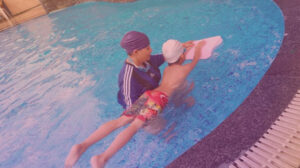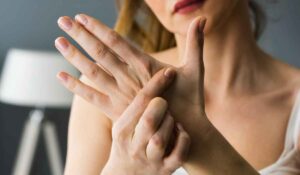What is Bell’s Palsy?
Bell’s Palsy
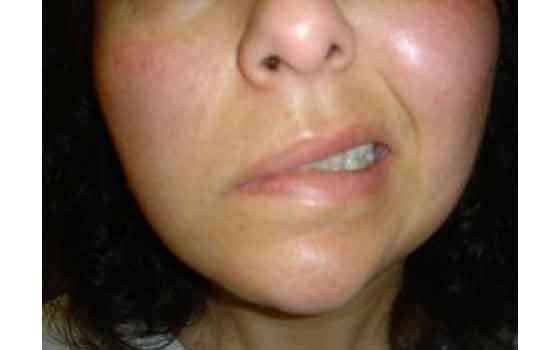
Bell’s palsy is a weakness of the facial muscles due to inflammation of facial nerve. The inflammation develops around the facial nerve as it passes through the skull from the brain. The inflammation may squash (compress) the nerve as it passes through the skull. The nerve then partly, or fully, stops working until the inflammation goes. If the nerve stops working, the muscles that the nerve supplies also stop working.
It occurs suddenly, usually on one side of the face. It most commonly occurs between the ages of 10 and 40. The reason is not clear but most cases are probably due to a viral infection. Most people make a full recovery within 2-3 months. Anyone can get Bell’s palsy, and it affects both men and women equally.
Symptoms of Bell’s palsy
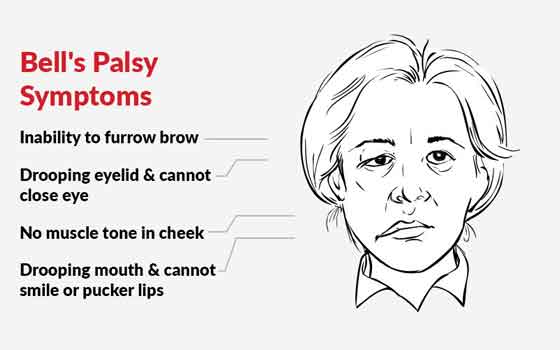
The weakness of the face which is usually one-sided and develops quickly, over a few hours. It may gradually become worse over several days. The effects of the weakness vary, depending on whether the nerve is partially or fully affected. These include the following:
Your face may droop to one side. When you smile, only half of your face may move.
Chewing food on the affected side may be a problem. Food may get trapped between your gum and cheek. Drinks and saliva may escape from the side of your mouth.
You may not be able to close an eye. This may cause a watery or dry eye.
You may not be able to wrinkle your forehead, whistle or blow out your cheek. You may have some difficulty with speech, as the muscles in the side of the face help in forming some words. For example, words beginning with a P.
Most cases are painless or cause just a mild ache. However, some people develop some pain near the ear which can last for a few days.
Loud sounds may be uncomfortable and normal noises may sound louder than usual. This is because a tiny muscle in the ear may stop working.
You may lose the sense of taste on the side of the tongue that is affected.
Physiotherapy Management on Bells’s Palsy
Bell’s palsy facial exercises
Exercises will help to strengthen the specific muscles of the face and should be done 4-5 times a day in front of a mirror or as per the advice of your Physiotherapist. The mirror will also help you avoid letting the good side overcompensate by moving in an exaggerated way. Facial exercises are preformed to keep your brain trained in what electrical impulses are needed to control the different muscles in your face. This will help you transition back to using your facial muscles as you recover from Bell’s Palsy and the paralysis goes away. Facial exercises for Bell’s Palsy involve doing basic actions with the different muscle groups throughout your face.
Facial Exercises
Electrical Stimulation
Another method of physiotherapy treatment is using electrical stimulation. Unlike facial exercises which you mostly perform at home, you will need to visit a therapist for electrical stimulation.
Electrical stimulation uses small amounts of electricity to activate the muscles in your face. This causes your muscles to twitch as if electrical impulses from your brain activated them. During the stages of Bell’s Palsy when your face is most paralyzed, this may be the only way for you to activate these facial muscles.
Manual Massage
Massage can be performed in conjunction with other treatment options. It can be done to improve perceptual awareness. Massage manipulations on the face include:
Effleurage
Finger or thumb kneading
Hacking
Tapping
Stroking
Other methods of treatments includes ;
Apply moist heat to the paralyzed area to help reduce pain.
Try drinking with straw.
Eat on the side of your mouth that feels most comfortable.
Facial Exercises
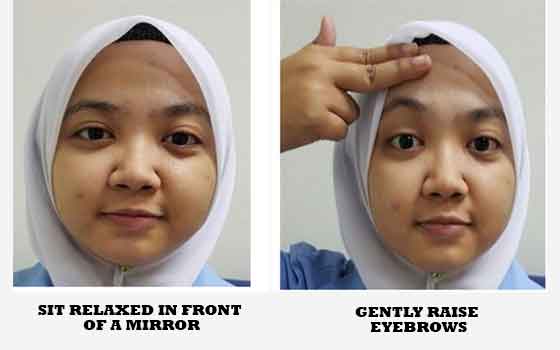
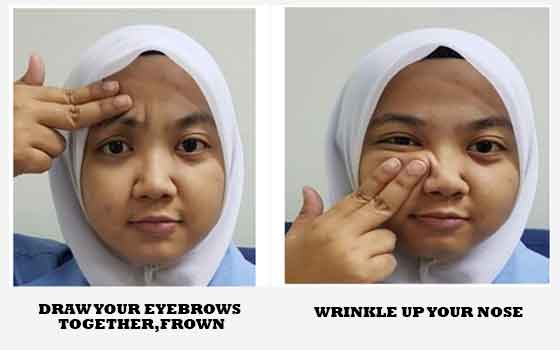
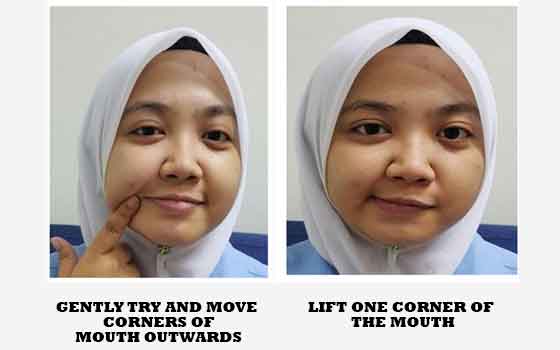
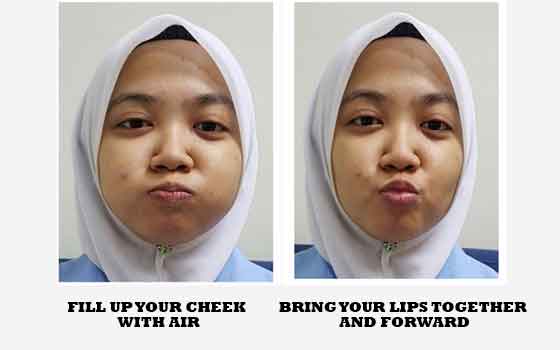

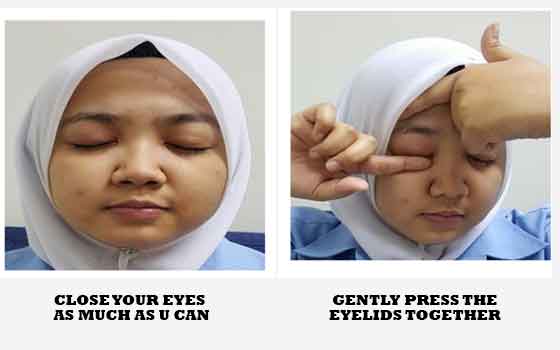
Exercises To Help Close the Eye
Treatment at Best Physiotherapy clinic in Dhakoli..
Blossom physiotherapy centre is one of the best physiotherapy and rehabilitation centre in Dhakoli. And is well equipped with ultra modular equipments. Dr Jyoti Gupta(MPT pediatrics) as well as certified yoga instructor , She completes her course from well known YOGA ALLIANCE INTERNATIONAL FNY STUDIO. She is the head of Blossom Physiotherapy centre. There is a huge team of qualified professionals who work as a team. They all are specialised in their respective fields and apply their valuable knowledge in recovery of patients.

